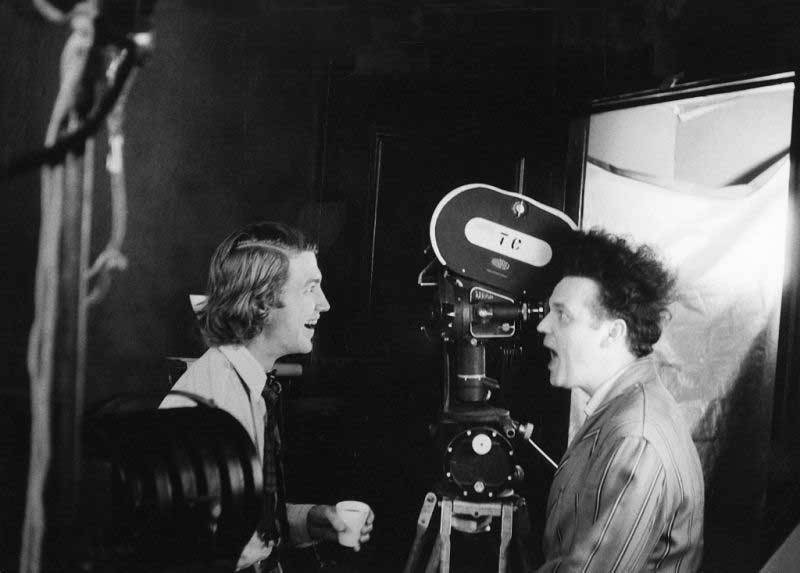There’s a moment in the pilot episode of Twin Peaks that encapsulates the essence of everyday life in a high school: a student sneaking a cigarette, another being summoned to the principal’s office, and the routine of taking attendance in a classroom. This ordinary scene quickly shifts when a police officer enters the room and whispers to the teacher, followed by a scream and a student sprinting across the courtyard outside. The teacher struggles to hold back tears, anticipating an announcement. David Lynch masterfully focuses his camera on an empty seat in the classroom, as two students exchange glances, realizing their friend Laura Palmer is dead.
Lynch was renowned for capturing the superficial details of life, yet he always delved deeper, uncovering the unsettling undercurrents that lurked beneath the surface. This scene from Twin Peaks exemplifies the thematic consistency throughout his career, highlighting the juxtaposition of normalcy and the eerie unknown. However, it's not the only definitive moment in Lynch's vast body of work. Over his 40-plus years of creating movies, TV, and art, fans can point to numerous scenes that resonate uniquely with them, from coffee-drinking to weather reports, each experiencing Lynch's work in their own way.
The term "Lynchian" encapsulates that unsettling, dream-like quality that made David Lynch a legend. It's a term that, like "Kafkaesque," transcends the specifics of his work, encompassing the broader, unnerving feeling of disorientation and unease. This quality is what makes his passing so difficult for fans to accept; Lynch had a singular voice that connected with people in diverse ways.
For many budding film enthusiasts, watching Eraserhead was a rite of passage. Scott shares how his teenage son and his girlfriend independently began binge-watching Twin Peaks, reaching the Windom Earle era of Season 2. This speaks to the timeless and oddly captivating nature of Lynch's work. When Twin Peaks: The Return aired in 2017, Lynch chose to set a child's bedroom in a 1956-style cowboy decor, reflecting his own childhood, while also creating a surreal, otherworldly environment complete with clones and violence.
In an era where Hollywood was greenlighting nostalgia-driven projects, Lynch took the opportunity to create something entirely his own with Twin Peaks: The Return. He defied expectations by not reviving the original series' key characters in a conventional way, maintaining his unique vision. When Lynch did adhere to Hollywood's conventional rules, as with his film Dune, the result was a notorious misfire that still bore his unmistakable stamp. His experience making Dune is detailed in Max Evry’s book, A Masterpiece in Disarray, showcasing how even amidst commercial pressures, Lynch's vision remained distinct.
Lynch's films, like The Elephant Man, blend beauty with the disturbing, set against the backdrop of a harsh historical period. This film, while close to Oscar bait, is also a poignant exploration of human kindness amidst cruelty, embodying the "Lynchian" essence.
Attempting to categorize Lynch's work into neat boxes is futile, yet his films are instantly recognizable. His work is dark, funny, dreamlike, and genuinely strange, yet organic. Blue Velvet is a prime example, juxtaposing a Norman Rockwell-esque setting with a descent into a world of gas-huffing drug dealers and surrealism. The film's influences, including a connection to The Wizard of Oz, highlight a set of inspirations that are unique and unlikely to be replicated.
Lynch's influence spans generations of filmmakers. From Jane Schoenbrun's I Saw The TV Glow, inspired by Twin Peaks, to Yorgos Lanthimos' The Lobster and Robert Eggers' The Lighthouse, the "Lynchian" influence is evident. Other filmmakers like Ari Aster, David Robert Mitchell, Emerald Fennell, Richard Kelly, Rose Glass, Quentin Tarantino, and Denis Villeneuve have all drawn from Lynch's well of surrealism and otherworldliness.
















